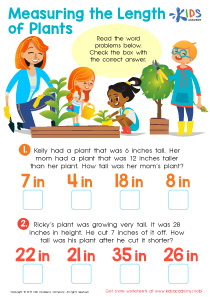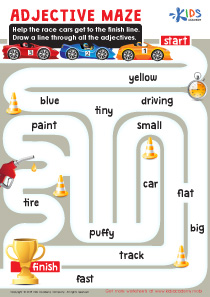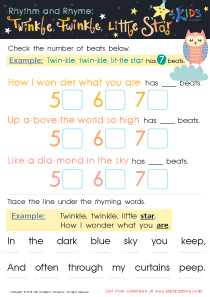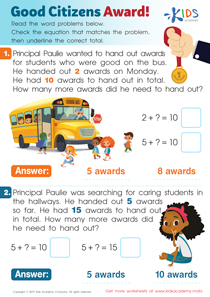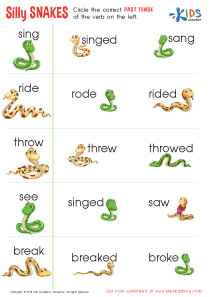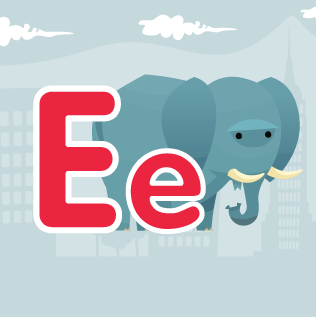English Language Arts Lessons | Reading Literature
39 results
Introducing our engaging and comprehensive Reading Literature Lessons! Designed specifically for preschoolers, kindergartners, and students in grades 1-3, these interactive and engaging lessons will ignite a love for reading in young minds. Our carefully crafted worksheets, combined with captivating educational videos and assessment quizzes, create a dynamic and well-rounded learning experience. As children dive into enchanting stories, they will develop crucial literacy skills, improve comprehension, explore various genres, and unleash their imagination. With our Reading Literature Lessons, we ensure that every child thrives and succeeds in their literary journey. Join us today and embark on a thrilling adventure through the enchanting world of books!
